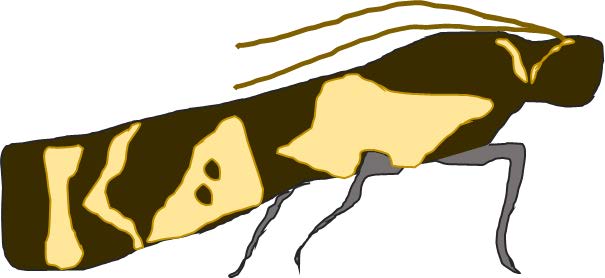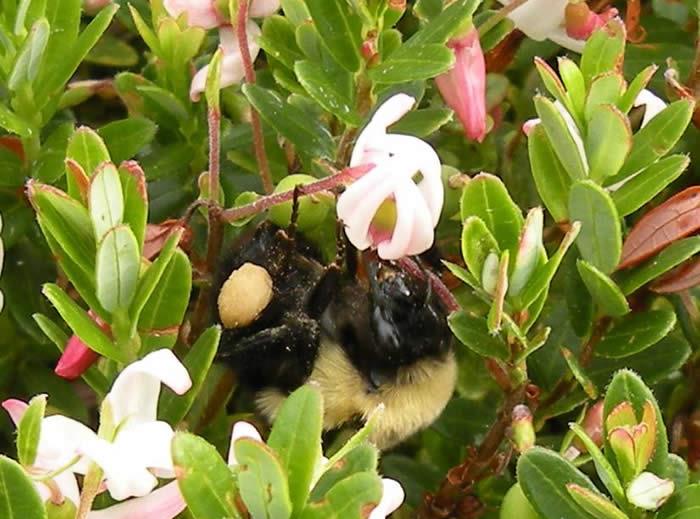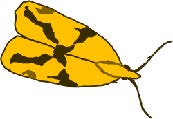Summer Plans in the Steffan Lab
We have a lot of exciting research ongoing and planned for the upcoming field season in the Steffan Lab. There are five primary research priorities:
Ongoing work with mating disruption/SPLAT trials – You have likely heard about the work we have been doing over the last 4 years developing a mating disruption program from the ground up. We have been targeting the three major cranberry moth pests: cranberry fruitworm, sparganothis fruitworm and blackheaded fireworm. This year, the research continues and will be improved in two ways: 1) SPLAT will be deployed by drones; and 2) the pheromone load for sparganothis fruitworm is being increased. Our past trials have been successful at disrupting cranberry fruitworm and blackheaded fireworm, but not sparganothis fruitworm. By increasing the pheromone load of sparganothis, we hope to see more successful results for this pest as well. Also, an exciting part of this summer’s research is that we will be working with cranberry growers in the northern part of the state! We are excited to broaden our network of cranberry grower collaborators!

Development of the cranberry fruitworm degree-day model – Last year, we determined the temperature thresholds for cranberry fruitworm development so that we could begin the creation of a degree-day model for cranberry fruitworm. When this model is completed, it will help growers predict the presence of different cranberry fruitworm life stages so that treatment can be timed more effectively. In this first year of model development, we will be correlating cranberry fruitworm specific degree-day accruals with first flight, peak-flight, and end of flight by trapping the moth at several different central WI marshes. Future laboratory work will also correlate degree-day accruals with egg-laying and egg-hatch.
Examining the potential for dragonflies and damselflies as biological control agents – Dragonfly and damselfly communities are abundant in wild and cultivated marshlands and seem to benefit from the land stewardship practices of cranberry growers. This is important because these insects are generalist predators and therefore possible biocontrol agents of cranberry insect pests. Steffan lab graduate student, Maria Chavez, will be sampling dragonflies and damselflies on northern WI cranberry marshes. Back at the laboratory, gut-content analysis will help us determine what these insects are eating and how they might be beneficial to cranberry growers!
Native nematodes for biological control – Shane Foye, a Ph.D. student in the Steffan Lab, will be continuing his work searching wild cranberry marshes for native nematodes that attack and kill cranberry insect pests. Already, he has discovered three promising nematode species in central Wisconsin, and trials are currently being conducted to determine which of these nematodes is best for controlling cranberry fruitworm, sparganothis fruitworm, and the redheaded flea beetle. Efforts are also underway to identify the bacteria that live within these nematodes, because the bacteria within the nematodes are actually the killing agents, and may possess novel insecticidal properties.
Bee-microbe symbiosis study – Most growers pay significant amounts of money to bring honey bee hives to their marsh for pollination services. But in addition to these honey bees, there exists a diverse and abundant community of native bees around the marsh that contributes to pollination. In the laboratory, we are looking at the effects of fungicides on the microbial symbionts of native bee species (Osmia lignaria and Bombus impatiens).




